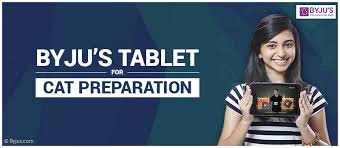
New post + 🧵
This one is on product-market fit or PMF, that most discussed yet misunderstood concept!
Hitting PMF is about getting to 2 different fits
- the 1st is product to problem fit;
- & the 2nd is getting the go-to-market (GTM) to market fit.
linkedin.com/pulse/how-foun…
This one is on product-market fit or PMF, that most discussed yet misunderstood concept!
Hitting PMF is about getting to 2 different fits
- the 1st is product to problem fit;
- & the 2nd is getting the go-to-market (GTM) to market fit.
linkedin.com/pulse/how-foun…
1st fit: product / solution to problem fit - ensuring that you are able to create a product that solves some or most of the customer problem that spurred you to start up. This is the Minimum Viable Product or MVP as it is called.
(also ref to as the value hypothesis)
(also ref to as the value hypothesis)
2nd fit: GTM to market fit, where you reach the ideal combo of customer segments, sales channels & customer acquisition approaches (collectively GTM) getting you to +ve contribution margin (i.e., revenue minus COGS minus direct mktg costs) for every new customer. This is PMF.
This means that you have a growth machine that can be cranked up; every incremental rupee or dollar invested at this stage in the growth machine (acquiring, engaging and monetising the customer) will yield more than what was invested. Growth capital can now be deployed.
This is why getting to PMF is vital. Before PMF, there is no guarantee that a rupee invested in the growth machine will necessarily yield incremental returns. At PMF, there is a guarantee of a return on the growth investment.
What the founder needs to do at each of these 2 stages / phases is v different.
The 1st phase needs the founder to drive faster product iteration cycles to ensure that the product meets much of all customer needs or solves the problems the product was designed for.
The 1st phase needs the founder to drive faster product iteration cycles to ensure that the product meets much of all customer needs or solves the problems the product was designed for.
The 2nd phase needs the founder to explore various paths to take the market to a wide segment of customers, so as to determine the least-energy or most cost-efficient path to scaling.
There is more detail in the post. Do check it out at linkedin.com/pulse/how-foun…
• • •
Missing some Tweet in this thread? You can try to
force a refresh








